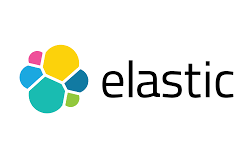Create secrets to use with your elastic stack to create keystore in kubernetes – minio example – helm example included
For this example I will stand up a very simple minio server on my localhost. Create kubernetes secrets for the s3.client.default.access_key and s3.client.default.secret_key. Configure my elasticsearch pod with initContainer to install the repository-s3 plugin and secureSettings to create the keystore. minio server This is a very simple, not secure setup just for testing $ mkdir data $ wget https://dl.min.io/server/minio/release/linux-amd64/minio $ chmod +x minio $ ./minio server ./data API: http://192.168.1.251:9000 http://172.17.0.1:9000 http://192.168.122.1:9000 http://192.168.49.1:9000 http://127.0.0.1:9000 RootUser: minioadmin RootPass: minioadmin Console: http://192.168.1.251:36012 http://172.17.0.1:36012 http://192.168.122.1:36012 http://192.168.49.1:36012 http://127.0.0.1:36012 RootUser: minioadmin RootPass: minioadmin Command-line: https://docs.min.io/docs/minio-client-quickstart-guide $ mc alias set myminio http://192.168.1.251:9000 minioadmin minioadmin Instead of getting… Continue Reading

